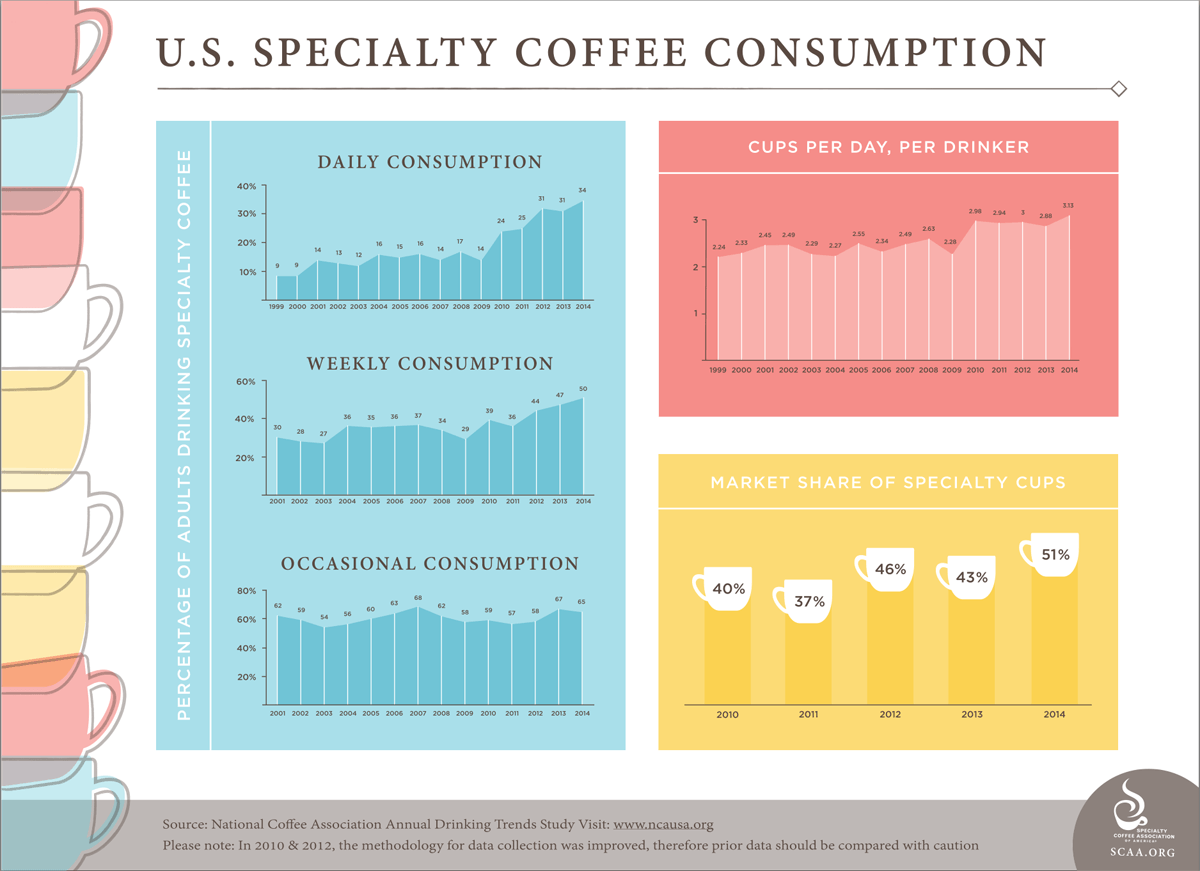Lately, we have been cupping a lot of coffees at Driven with our new Clever Dripper. It occurred to us, why not share some of the more in depth knowledge behind the chemistry of coffee extraction with our readers. We brushed up on our knowledge and we were surprised at some of the interesting facts we learned, it was like high school chemistry all over again. For those of you that struggled in chemistry, like many of us did, we will try to simplify as much as possible.
The Science Behind Coffee Extraction
Extraction or "solubles yield" - refers to the amount of solubles extracted from the bean itself and it is also expressed as a percentage. When looking at the composition of a coffee bean, approximately 28% of the organic material is water soluble, while the remaining 72% consists of insoluble cellulose that holds the bean together. This means that only 28% of the overall weight of the coffee bean is used in the brewing process. When you add hot water to ground coffee, much of the soluble material is readily dissolved, resulting in the extraction of important flavors and aromatic compounds that go into your cup.






